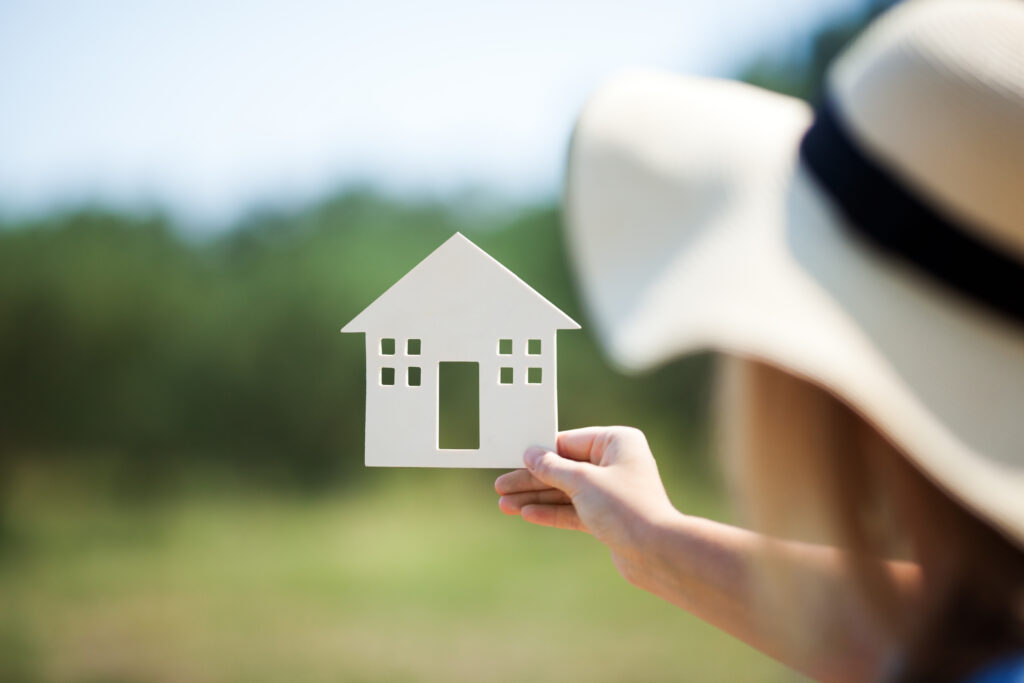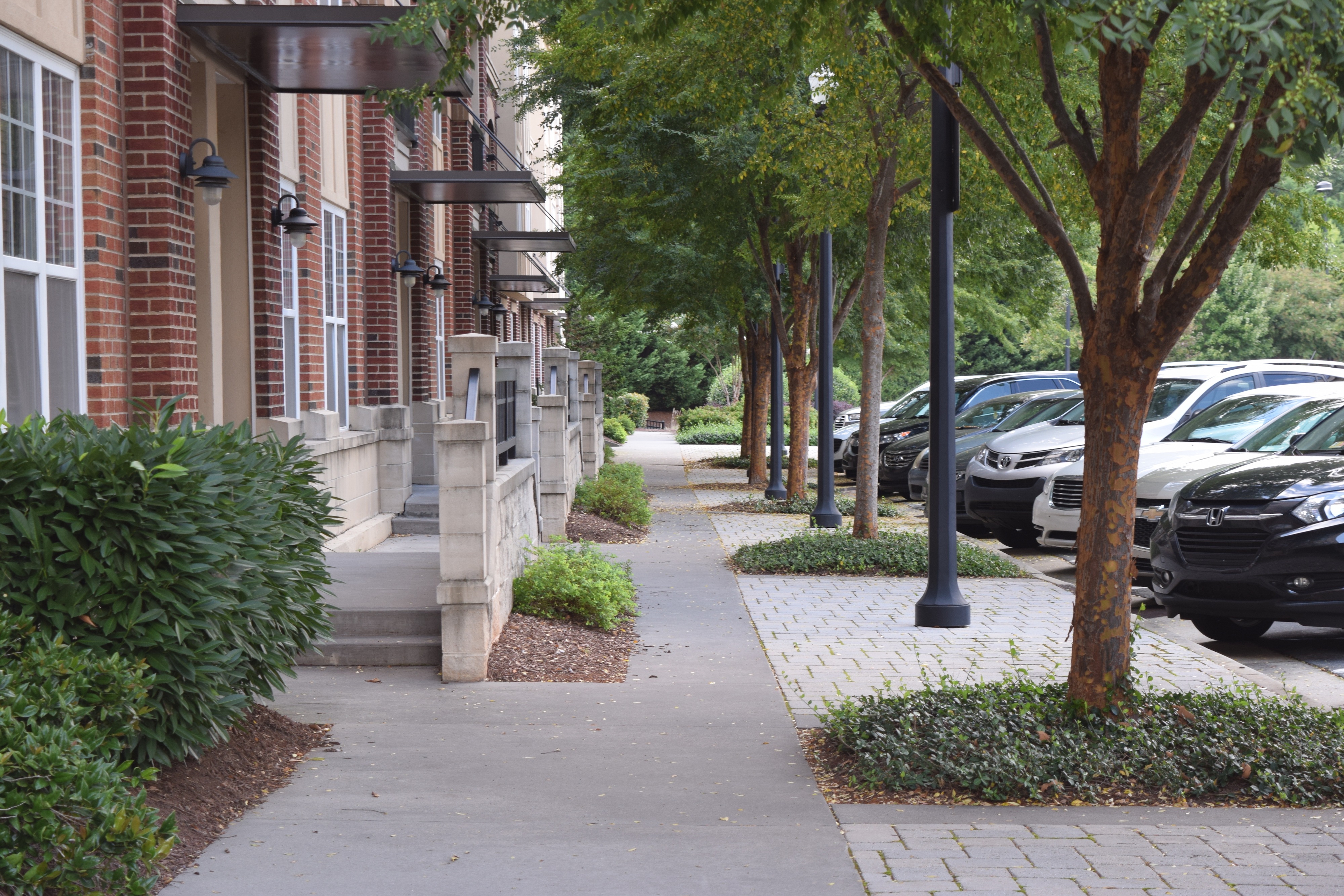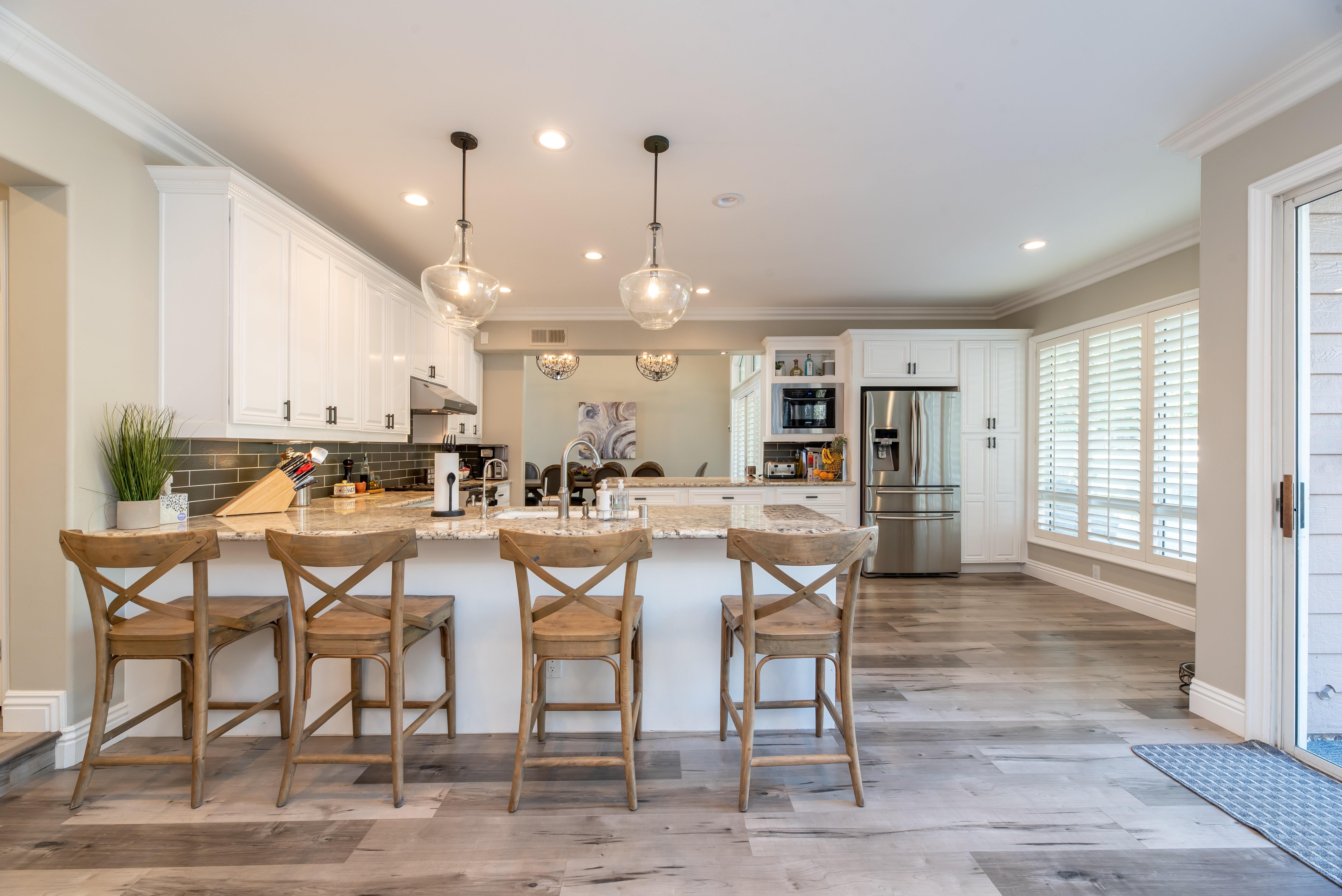So you think you might be buying a house soon? You’re in the right place because our Buying a House Checklist will help you get prepared for that big purchase.

#1: Connect with a Realtor
Many people think finding a Realtor is the last step in the checklist. But the truth is many of the steps below aren’t really possible before getting some guidance and the information you need from a Realtor. These are the things your Realtor can help you with:
Understanding the housing market
Your realtor will tell you what to expect in the housing market for the particular area you’ll be looking in. Depending on the location and price point of your desired home, the up front costs will vary. So identifying where you’re looking is the first step.
Understanding the time frame to buy
How long does it take to find a home, make an offer, do your inspections and complete the closing on the home? Again, it depends. How much inventory is available in the area where you are looking? Is there a lot to choose from? Or are you going to be waiting for things to come on the market so you can view them? Is there a seasonal lull in inventory? Are you looking for an older home or a newer home? The number of inspections you might have to do on an older home might take a little longer.
How much cash you need on hand
Generally speaking, you’re going to need enough cash to pay for a few things up front. These include some fees and deposits to the seller, costs for inspections, and the appraisal is usually paid up front as well. The number of inspections can vary depending on the age of the home. If it’s an older home, the general inspector might recommend a specialist like a structural engineer or a plumbing inspector to give more information.
The fees and deposits can vary based on the housing market. And understand that the housing market is very different from one Triangle town to another. In one town we might be seeing competing offers and high due diligence fees and in another town homes might be sitting on the market for a long time and deposits and fees are low. Knowing this can also impact where you choose to buy. If you don’t have the cash for the higher fees in the more competitive markets, it might make sense to focus on a less competitive area.

#2: Check your credit/Contact a Lender
The next essential task on the checklist for buying a house is getting a good picture of your finances. You can check your credit without contacting a lender using resources like freecreditreport.com, which is a great resource. However, it is important to speak to a lender, because they can give you action items to do that will save you TONS of money in the long run.
For example, lenders extend credit at a certain interest rate in tiers based on your credit score. So, if your credit is 679 for example, you may qualify for one rate, but at 680 it might be another rate. I’m totally just pulling these numbers out of the air, these are not real numbers, they are just for demonstrating the idea.
Improve your Credit Score
A good lender can give you a checklist of things you can do to make your credit score better. And this does not just apply to people with bad credit. Even if you have fantastic credit, there are probably things you could do that could save you money on your loan.

For example, when I was looking for loans to refinance my home, I had a credit card with a zero balance. My lender told me to go make a purchase of $10 on that card. So my husband went and bought a new pair of funky socks. He really likes funky socks. It changed our payment by $20/month. That might not sound like much, but $20/month is $240 per year of savings or $7,200 over the life of a 30 year loan, just for buying some funky socks! Speaking to a good lender can tell you exactly what steps to take to get the best rate. These things usually take at least one billing cycle to take effect, or more if you need a few months worth of cash flow to implement the plan, so it’s best to get working on it quickly.
#3: Get several lender quotes
Next you’ll need to talk with several lenders. Different lenders have different loan programs and also charge different fees. You can’t look only at the rate and know if you are getting a good deal or not. There is a standardized document called the Loan Estimate Form that all lenders can give you so you can make sure you are comparing apples to apples when looking at all the different rates and the different fees.
Buying a House Checklist #4: Decide how much you want to spend
How much you want to spend doesn’t always correlate with how much you are approved for. Sometimes those pre-approvals can be WAY more than you would be comfortable spending for a mortgage payment every month. There are several great mortgage affordability calculators online that will be very helpful in setting your new home budget. They allow you to enter your current debts, income, credit score and what price range you should be looking at and how much your mortgage payment will be.

#5: Save up money for downpayment, inspections, appraisal and other purchasing costs
Buying a home comes with lots of expenses. In addition to the cost of the house. You’ll need a downpayment, which will range from 3.5 – 20% down. (Your lender can give you much more specific information) You’ll need money for inspections. In North Carolina, I recommend doing a minimum of a general home inspection, pest inspection, radon inspection and in most cases an HVAC inspection. And you always want to have a little extra cash in case you need an extra inspection such as a roofing inspection, or a structural inspection. Your agent can give you guidance on how much to have available for these costs.
#6: Get pre-approved
Once you have identified which lender you want to work with, and you have saved up enough money for your purchase expenses, you can get your pre-approval. The pre-approval is usually good for 60-90 days. But make sure not to make any major purchases or other significant financial changes once you are approved and in the purchase process. Even a large deposit into your bank account will trigger questions from loan underwriters and you’ll have to show documentation of where the money came from, which can affect your approval and your closing timeline.
Buying a House Checklist #7: Identify location
The Triangle is a large area with all kinds of resources and amenities and lifestyles. Do you want to be downtown? Or do you prefer the small town feel. Do you want to be close to restaurants or parks? How do you spend your free time and what types of amenities are most important for you to live near? The answers to these questions will help you narrow down which towns and neighborhoods you should be looking at. If you are new to the area, your Realtor should be able to guide you through this process to make sure you land in the right place.

You might find our videos on areas in the Triangle on our videos page to be helpful in your decision about location.
#8: Make MUST have list
Decide what things are most important to you in a home. When I say “must have’s” I mean things that you absolutely will not purchase the home without. This will form the foundation of your search. Consciously identifying those things that are non-negotiable will really help you when you fall in love with a property that has one of your wants but not one of your needs.

When listing agents stage a home for sale, that staging can really make a buyer develop an emotional connection to the home. But that doesn’t mean the home is always a good fit. Know your needs to avoid choosing the wrong house.
Buying a House Checklist #9: Go see some homes!
Now that you know what you want, you’ve got the money to buy it and you’ve got professionals to help you through the process, it’s time to go shopping! Contact your agent with the list of homes you want to see and she will get you started on your search! Good luck!
You can search by location here..
Looking for something special? Search by property type here

